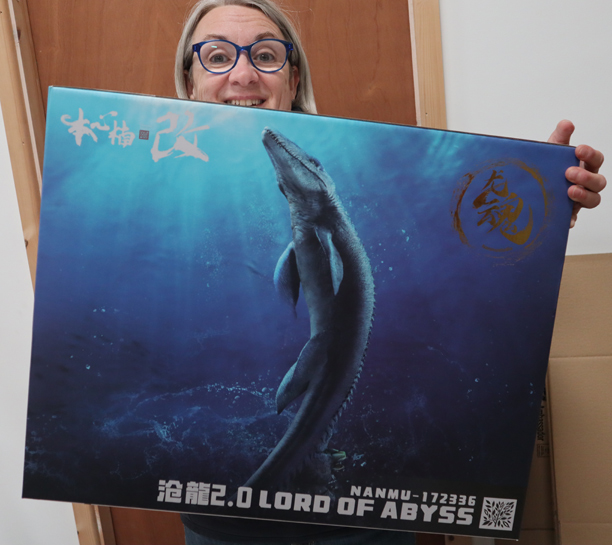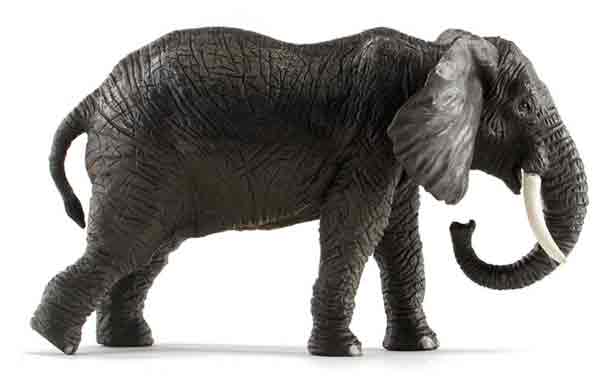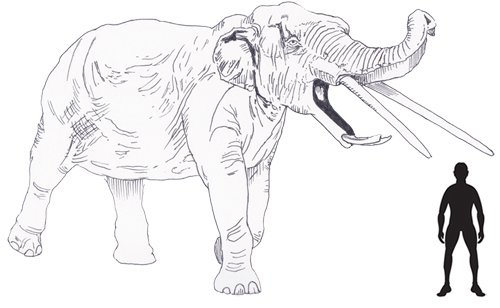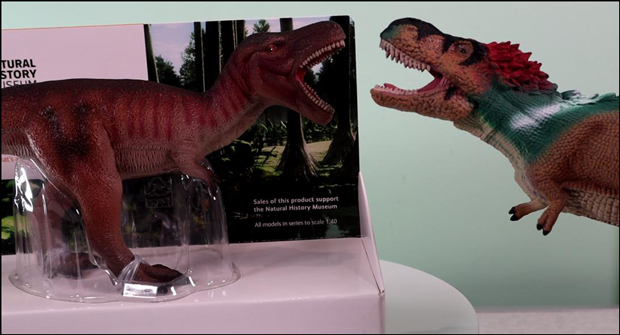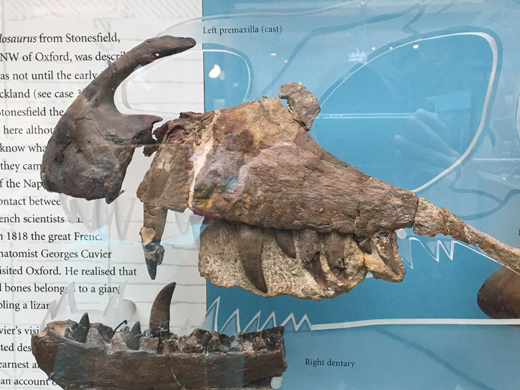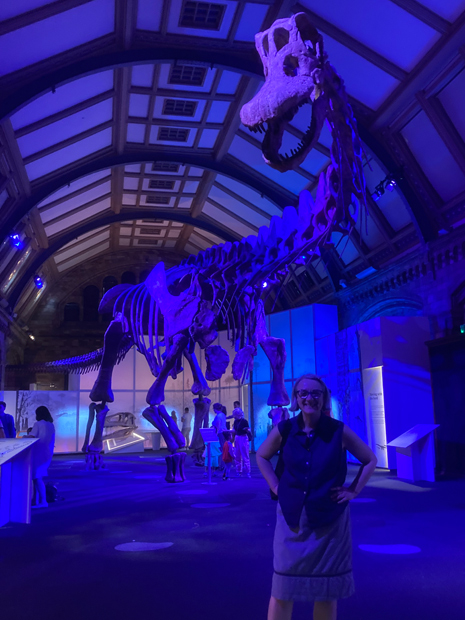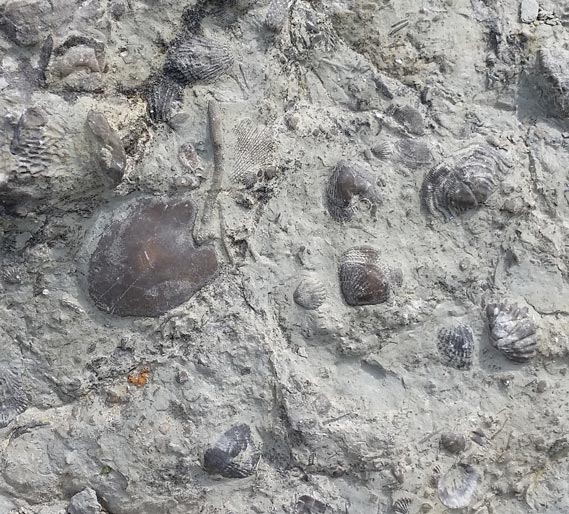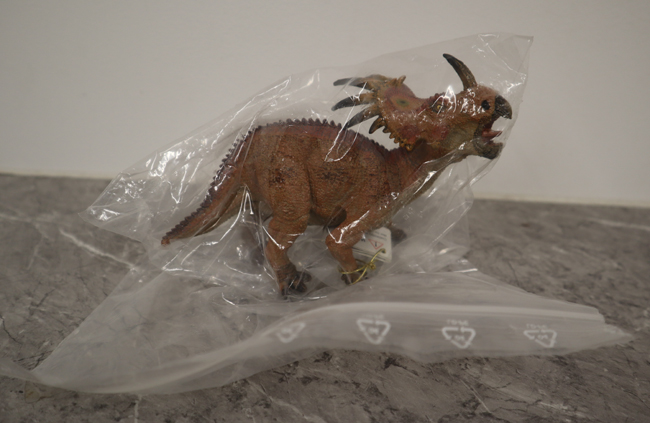A New Deep-snouted Tyrannosaur from Asia
Another week, and another new dinosaur. This time, it is a tyrannosaur, and it has been named Asiatyrannus xui. The fossils consist of a nearly complete skull and postcranial material. The postcranial material comprises leg bones and caudal vertebrae. A cross-sectional analysis of the right fibula has permitted the researchers to estimate the age of this tyrannosaur. It was at least thirteen years old when it met its demise.
Asiatyrannus co-existed with the much larger, Qianzhousaurus sinensis. Qianzhousaurus had a long, narrow snout. When it was formally described in 2014 it was nicknamed “Pinocchio rex”. The different skull morphologies and their different body sizes suggest that Asiatyrannus xui and Qianzhousaurus sinensis likely had different feeding strategies and occupied different ecological niches. Asiatyrannus is the first deep-snouted tyrannosaurid to have been described from the Late Cretaceous of south-eastern China.

A skeletal reconstruction of the newly described (2024) deep-snouted Asian tyrannosaur (Asiatyrannus xui). Known fossil material in (A) shown in yellow. Photographs of the fossils (B-H). Picture credit: Zheng et al.
Picture credit: Zheng et al
Asiatyrannus xui
The fossil material was unearthed in September 2017 at a construction site in Shahe Town, Nankang District, Ganzhou City (Jiangxi Province). The fossils were taken to the Zhejiang Museum of Natural History, Hangzhou, China for cleaning and preparation. The genus name translates as “Asian tyrant king”, whilst the species name honours Dr Xing Xu (Institute of Vertebrate Paleontology and Paleoanthropology, Chinese Academy of Sciences). Dr Xing Xu has made a huge contribution to the study of Chinese dinosaurs including research into and the naming of other tyrannosaurs (Dilong, Guanlong and Yutyrannus).
The discovery of Asiatyrannus highlights the diversification of deep-snouted tyrannosaurids towards the end of the Cretaceous. It demonstrates that during the Late Cretaceous (Maastrichtian), different types of tyrannosaurs co-existed in south-eastern China. Numerous dinosaurs are known from the strata in this area (Nanxiong Formation). Ornithischians and sauropods have been described, but the majority of dinosaurs discovered are theropods, overwhelmingly oviraptorosaurs.
To read a blog post from 2016 about another oviraptorosaur from the Nanxiong Formation: Tongtianlong – A New Oviraptorosaur.
For an article describing a new oviraptorosaur (Corythoraptor) named in 2017: Another New Oviraptorosaur from Jiangxi Province.
Isolated teeth and other fragmentary elements suggest that there could have been other tyrannosaurid taxa present in this area at the very end of the Cretaceous.

Photograph (A) and line drawing (B) of the skull of Asiatyrannus xui (ZMNH M30360) in right lateral view. Picture credit: Zheng et al.
Picture credit: Zheng et al
Tyrannosaurid Growth Spurts
The open-access study published in “Scientific Reports”, includes details of bone histology. This analysis revealed that this dinosaur died when it was a least thirteen years of age. This is significant as the research team conclude that whilst this individual was not fully-grown, it had already passed through its most rapid growth phase. Early tyrannosauroids such as Guanlong and Moros reached their adult size at around six to seven years of age. In contrast, large-bodied tyrannosaurs from the Late Cretaceous (Campanian/Maastrichtian) such as Daspletosaurus, Tyrannosaurus rex and Albertosaurus had rapid growth spurts in their teenage years. These theropods did not reach their full adult size until at least twenty years old.
Qianzhousaurus and Asiatyrannus xui
The skull of Asiatyrannus measures 47.5 cm in length. Based on this, and the limb sizes, the research team estimate that Asiatyrannus had a body length of around 3.5 to 4 metres. Qianzhousaurus (Q. sinensis) was over twice as big. It had an estimated body length of around 9 metres.
These two carnivores very probably co-existed. The long-snouted Qianzhousaurus was likely to have been the apex predator, with the smaller Asiatyrannus having the role of a secondary predator in the ecosystem. Their different body sizes, and different shaped skulls suggest that these two dinosaurs may have had different hunting behaviours and perhaps, preyed on different animals. They may not have directly competed, each tyrannosaur becoming adapted to a different ecological niche. This could be an example of niche partitioning within coeval tyrannosaurids.

A size comparison between the probable, coeval tyrannosaurids Qianzhousaurus and Asiatyrannus. Picture credit: Everything Dinosaur.
Picture credit: Everything Dinosaur
The image above shows an approximate size comparison between the newly described Asiatyrannus xui and the probably coeval Qianzhousaurus sinensis.
Note: the models used to show the comparison are the PNSO Lythronax and Qianzhousaurus figures.
To view the PNSO range of prehistoric animal models: PNSO Dinosaur Models.
Implications for Mid-sized Theropod Carnivores
The paper’s authors comment that the discovery of Asiatyrannus might have implications for the way in which Mesozoic ecosystems are perceived. Medium-sized carnivorous dinosaurs are relatively rare in the fossil record. For example, in the Late Cretaceous carnivore guilds are monopolised by tyrannosaurids. Adult, medium-sized predators are exceptionally rare. Scientists have postulated that the “missing mid-sized” niches in the theropod guilds of Late Cretaceous Laramidia and Asia could be a consequence of these types of carnivores being outcompeted by juveniles and sub-adults of much larger taxa.
To read an article about a scientific paper that postulates the juveniles of apex predators out-competed mid-sized theropod carnivores: Why Are There So Few Medium-sized Carnivorous Dinosaurs?
The polar tyrannosaur Nanuqsaurus (N. hoglundi) was thought to be a mid-sized Late Cretaceous carnivore. However, new fossil material from the Prince Creek Formation of Alaska suggests that it was comparable in size to the likes of Gorgosaurus and Daspletosaurus. In the light of the continuing speculation as to the taxonomic validity of Nanotyrannus, the paper’s authors propose that Asiatyrannus xui currently represents the only definitive small to medium-sized member of the tyrannosaur family.
Everything Dinosaur acknowledges the assistance of the scientific paper in the compilation of this article. The paper is licensed under a Creative Commons Attribution 4.0 International License: The Creative Commons License.
The scientific paper: “The first deep-snouted tyrannosaur from Upper Cretaceous Ganzhou City of southeastern China” by Wenjie Zheng, Xingsheng Jin, Junfang Xie and Tianming Du published in Scientific Reports.



